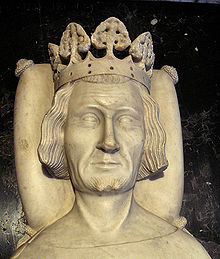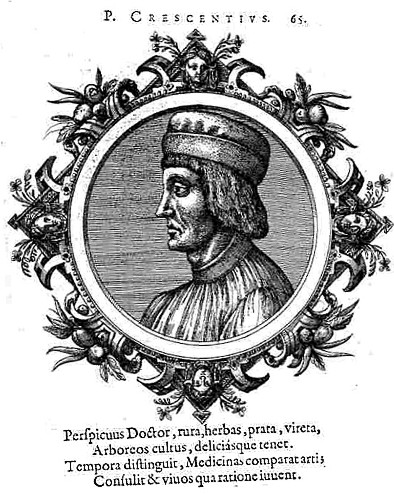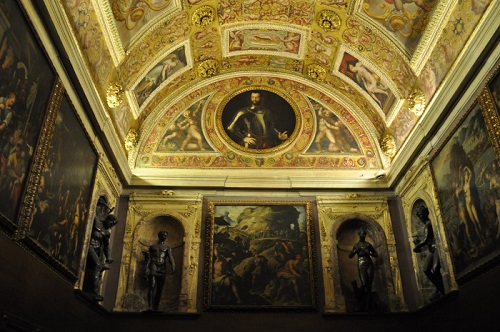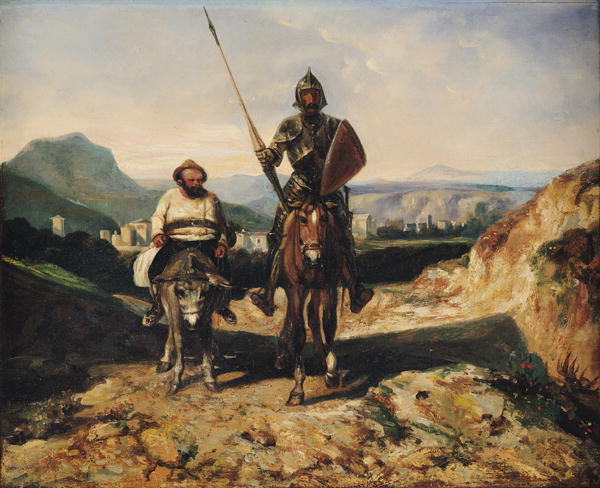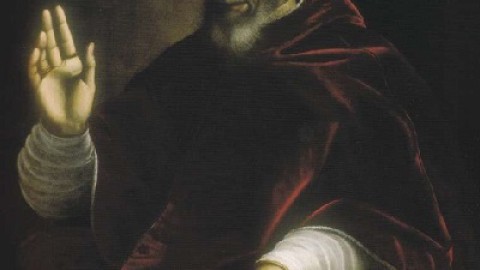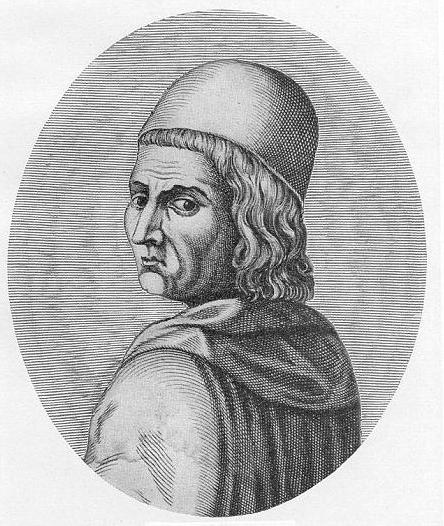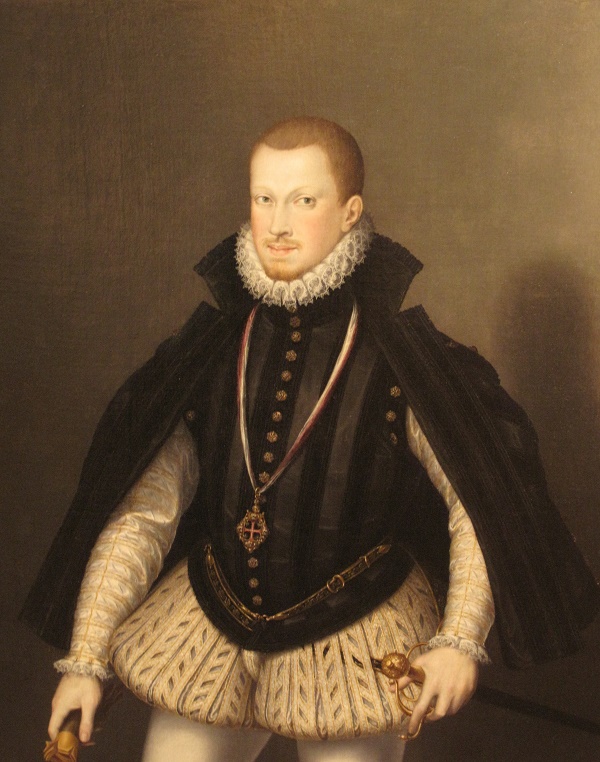
Here is a little history about Dom Sebastião, the sixteenth king of Portugal…..
Dom Sebastião, born in Lisbon 20 January 1554 was the sixteenth king of Portugal and the seventh of the Avis dynasty. He was the son of Prince Dom João, who himself was the son of Dom João III and Dona Joana, the daughter of Holy Roman emperor Charles V. Dom Sebastião left no descendents. He became heir to the throne at the death of his father, two weeks before his birth, and became king in 1557, at the age of three. The long-awaited heir of the Avid Dynasty, the was known as The Desired One, The Hidden One, or The Dormant King (a sort of Messiah) because of the legend telling of his return one misty morning to save the nation.
Don Sebastião’s tutor, Jesuit Father Luis Gonçcalves da Câmara, made him into a visionary monk, while his riding instructor, Dom Alexio de Menezes, turned him into a passionate horseman. These two threads to his education, particularly the first, made Dom Sebastião an accomplished military monk, a Roman Catholic fanatically opposed to heresy and a man who committed to the idea that Portugal would dominate the world. The stage was set for the tragedy that, it is said would ruin the country.
The chivalric ideal conceived by Dom Sebastião pushed him to devour the works of this literary genre, to turn over the tombs of his ancestors at the monastery of Batalha in search of who knows what, in his frenzied desire for military feats surpassing those of previous kings. His religious ideal made of him a Puritan, a feigned ascetic who dreaming of running through the Sintra mountains and finding a “Grail”.
At the age of 14, he took over the governing of the Empire. In fragile health and simple of mind, he dreamed only of battles, conquests and spreading the faith. Dedicating little time to the affairs of his vast empire, he was profoundly convinced that he would be Christ’s captain in a crusade against the Moors of North Africa and would conquer Jerusalem, where he would become “King of the World”. Dominated by his dreams of glory, at the age of 24, he ignored the sensible advice of his wisest councillors and, in his madness, went off to lose himself, and Portugal along with him in the midst of the African sands of Ksar el-Kebir (Alcazarquivir).
The unfortunate young king’s uncle, Filipe II of Spain, occupied Portugal, politically and militarily subjecting it to Castilian rule; the nation’s independence was lost. Soon, patriotic holes that the lost Dom Sebastião would return to deliver the country from its Spanish occupiers arose, thus giving rise to the Sebastianist myth of The Hidden One. ( I will write a little about this myth in a later post).
To put an end to the development of Sebastianism, Filipe II had the supposed body of the lost king – Dom Sebastião was killed at the battle of Ksar el-Kebir in 1578 – transported to the monastery of the Hieronymites in 1581, but this did not help as there was no proof that the body was indeed that of the lost King. And yet engraved on the tombs were the words, :Dom Sebastião, king of Portugal and of everything else, meaning he was king of the world.
(Adapted from Secret Lisbon by Vitor Manuel Adrião, published by JonGlez)


